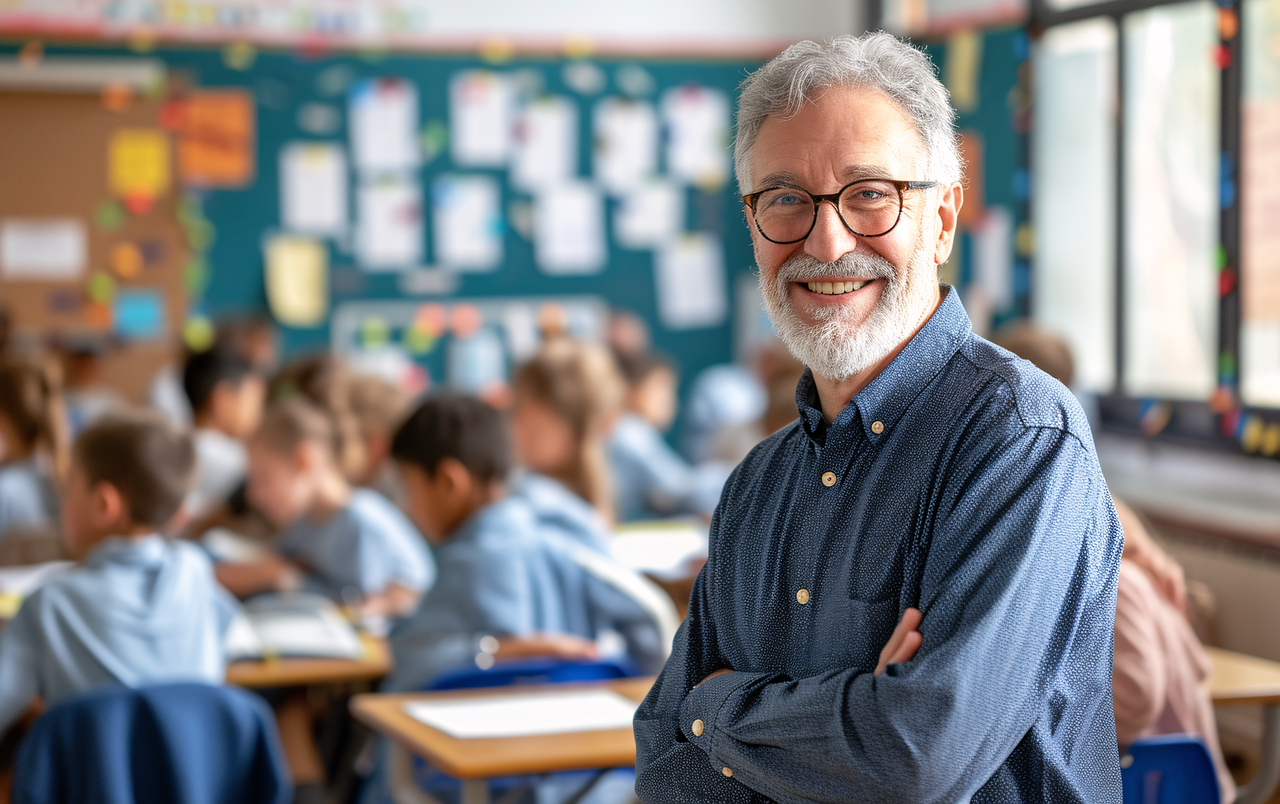First of all, let me provide a simple definition of procedures and routines. A procedure is specifically how something is to be done. Whereas a routine is a mechanically performed action – in other words, students perform this task automatically without actually having to think about it.
You might ask yourself which procedures you will necessarily have to implement. When I first entered the teaching profession, I kind of figured, well… I will need a procedure for a child to ask a question, a procedure to sharpen a pencil, a procedure to get up out of one’s seat, a procedure to get their attention, a procedure for collecting papers, etcetera!
These are, in fact, all fairly important procedures that I want to become routines in my classroom. This was based just on pure common sense. Now, of course, I have added additional procedures as I have gained experience and understand better what is appropriate to a particular group or age level.
I would recommend that you do three things if you want your students to thoroughly understand your procedural expectations:
- Teach
- Model
- Rehearse
First, you teach the procedure by talking about it and giving them a written or visual reference (this could be writing it on the whiteboard, pointing to a poster, projecting it using some kind of multimedia – slides, video, etc.).
Next, you model it. By this, I mean you demonstrate exactly how you want the procedure to be performed – playing the role of a student doing the task.
Table of Contents
ToggleTips: Systematize your Tasks and Supplies
Here are some systems that can make your daily routines go much quicker:
- Work out a quick, effective way to distribute items to all the desks
- Assign locations for items you need so that you can always find them (the tape, ruler, chalk or whiteboard marker, laptop and projector cables, etc.)
- Organize your desk and other spaces throughout the room so that both you and your students always know where to take things from and return them after use.
- Make checklists of tasks and items, then work out the best order to do the tasks.
- Create a prioritized plan so that you can get everything done that you need to both before and after each class.
Be clear!
Clarity and organization of the behaviors you expect of your students are truly important keys to maintaining a happy classroom. From Day One, you will want to organize the procedures and routines for the classroom. These can cover a wide range of issues from quieting a noisy room to how to enter and exit to what a student should do if they need to go to the bathroom.
The more you ‘think through’ the daily situations beforehand, the easier it will be to teach them. If you can state clearly what is expected in a way that students understand, they will learn to abide by the procedures and routines you want them to follow.
Present the most basic ones on the first day of school. Just be careful not to overwhelm students on the first day with too much. In the following days, you can repeat, expand on the basics and teach – model – rehearse more complex routines as the class becomes familiar with your methods.
Whatever procedures and routines you choose are important for your class to follow, just remember:
Be consistent!
Examples of Classroom Procedures
- Procedures for Quieting a Class
- Procedures for when the “Call Back” Song is played
- Morning Procedures
- Lunch and Snack Procedures
- Procedures for entering and exiting the classroom
- Procedures for a student to signal the teacher
- Emergency procedures









